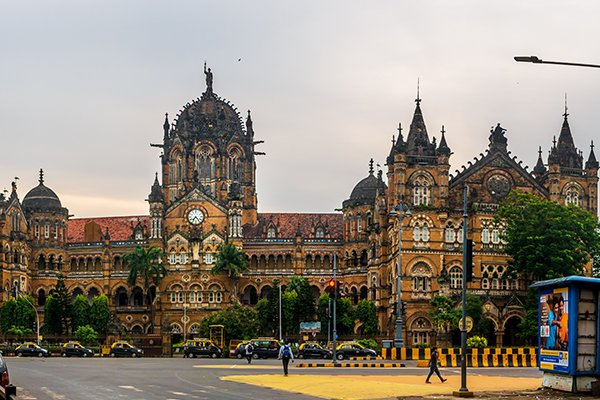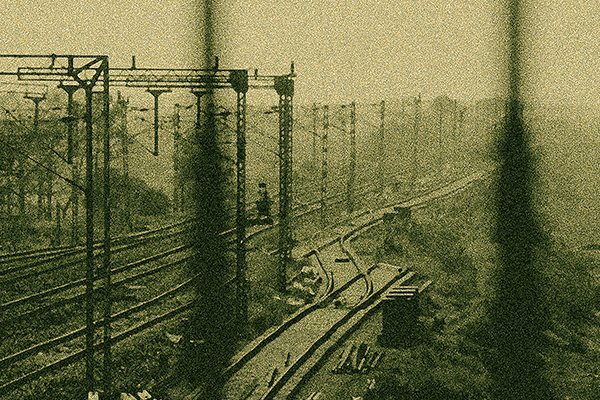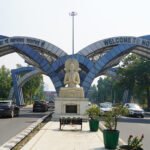169 years ago, on April 16, 1853, the first passenger train was started from Bori Bunder to Thane which covered a distance of 34 KM
On April 16, 1853, Indian Railways ran their first passengers train over a 34-kilometer stretch from Bori Bunder to Thane. Since then, the day was declared as Indian Rail Transport Day. Indian Railway is more than just a rail system; it is also a trip filled with memories, tales, and unique experiences. You may travel from north to south or from east to west, thanks to Indian Railways, one of the biggest rail networks in the world. Indian Railways is one of the most popular forms of transportation in India because it provides services for all Socio-Economic levels

On April 16, 1853, Indian Railways ran their first passengers train
As India celebrated 169 years of the First Passenger Train, why not gather more information related to the history of Indian Railways? The Indian Rail Transport Network, which spans 1,27, 760, is the third largest rail network in the world. The Vande Express, which travels at a speed of 180 kmph, is the fastest train in India. The Mettupalayam – Ooty Nilgiri Passenger Train, on the other hand, travels at a speed of 10 kmph. With a total travel time of 80 hours and 15 minutes, The Vivek Express is the country of India’s longest route train. It traverses eight states at a span of 4233 kilometers. The largest route relay interlocking system in the world is located at the New Delhi Railway Station, according to the Guinness Book Of World Records. In the Reasi District of Jammu and Kashmir, Chenab Bridge, the tallest rail bridge in India, connects Bakkal and Kauri. It is a concrete arch bridge. The bridge will be 35 meters taller when completion than Eiffel Tower.
The smallest name, with only two syllables, is “lb” in Odisha, and Sri Venkatanarasimharajuvariipeta is the station with the longest name. In Nagpur, there is a diamond crossing that is unique in that trains can travel from here in all four directions: EAST, WEST, NORTH & SOUTH. Apart from all this, more than 160 years ago, Jamsetjee Jeejeebhoy and Jagnath Shunkerseth laid the basis for the Rail Roads.

The Indian Rail Transport Network, which spans 1,27, 760, is the third largest rail network in the world.
“The first train on Indian Soil ran from Bori Bunder to Thane on April 16, 1853. Since then, Indian Railways has evolved into a crucial aspect of everyday life for the average and normal person and a driving force behind the socio-economic development of the nation”, Western Railway tweeted on the occasion of Indian Rail Transport Day.



















